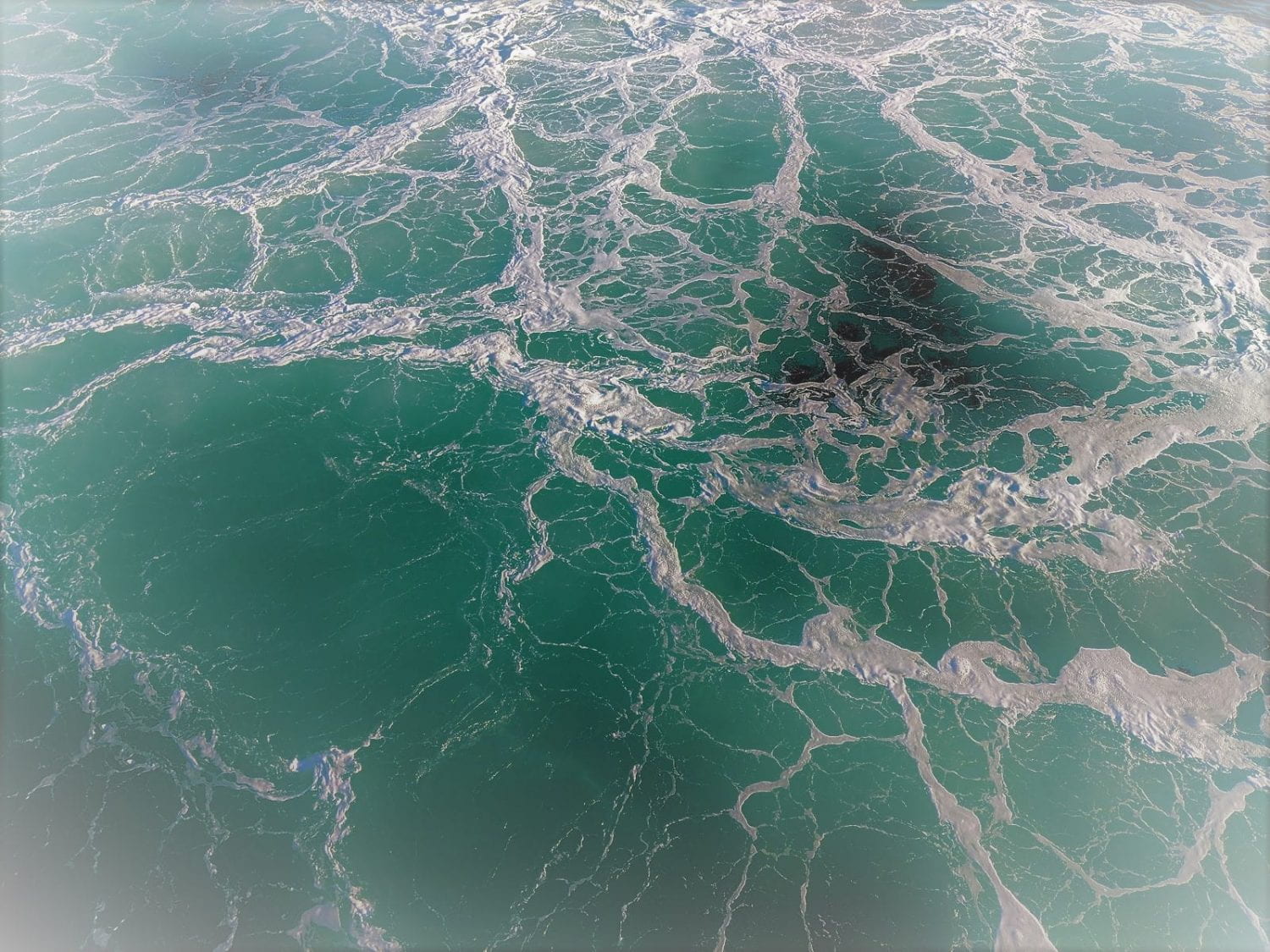Ancient clam gardens, traditional management portfolios, and the resilience of coupled human-ocean systems
Item
-
Title
-
Ancient clam gardens, traditional management portfolios, and the resilience of coupled human-ocean systems
-
Ecology and Society
-
Description
-
Journal article from Ecology and Society surveying the central coast of British Columbia, Canada for evidence of intertidal clam gardens, an Indigenous mariculture technology and practice for food security and resilience.
-
Abstract
-
Indigenous communities have actively managed their environments for millennia using a diversity of resource use and conservation strategies. Clam gardens, ancient rock-walled intertidal beach terraces, represent one example of an early mariculture technology that may have been used to improve food security and confer resilience to coupled human-ocean systems. We surveyed a coastal landscape for evidence of past resource use and management to gain insight into ancient resource stewardship practices on the central coast of British Columbia, Canada. We found that clam gardens are embedded within a diverse portfolio of resource use and management strategies and were likely one component of a larger, complex resource management system. We compared clam diversity, density, recruitment, and biomass in three clam gardens and three unmodified nonwalled beaches. Evidence suggests that butter clams (Saxidomus gigantea) had 1.96 times the biomass and 2.44 times the density in clam gardens relative to unmodified beaches. This was due to a reduction in beach slope and thus an increase in the optimal tidal range where clams grow and survive best. The most pronounced differences in butter clam density between nonwalled beaches and clam gardens were found at high tidal elevations at the top of the beach. Finally, clam recruits (0.5-2 mm in length) tended to be greater in clam gardens compared to nonwalled beaches and may be attributed to the addition of shell hash by ancient people, which remains on the landscape today. As part of a broader social-ecological system, clam garden sites were among several modifications made by humans that collectively may have conferred resilience to past communities by providing reliable and diverse access to food resources.
-
volume
-
21
-
issue
-
4
-
Date
-
2016
-
Language
-
eng
-
doi
-
10.5751/ES-08747-210420
-
issn
-
1708-3087
